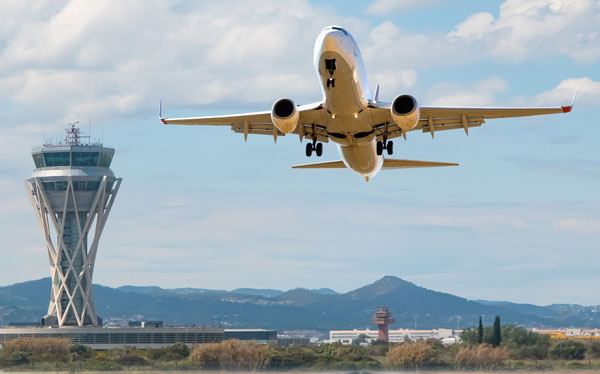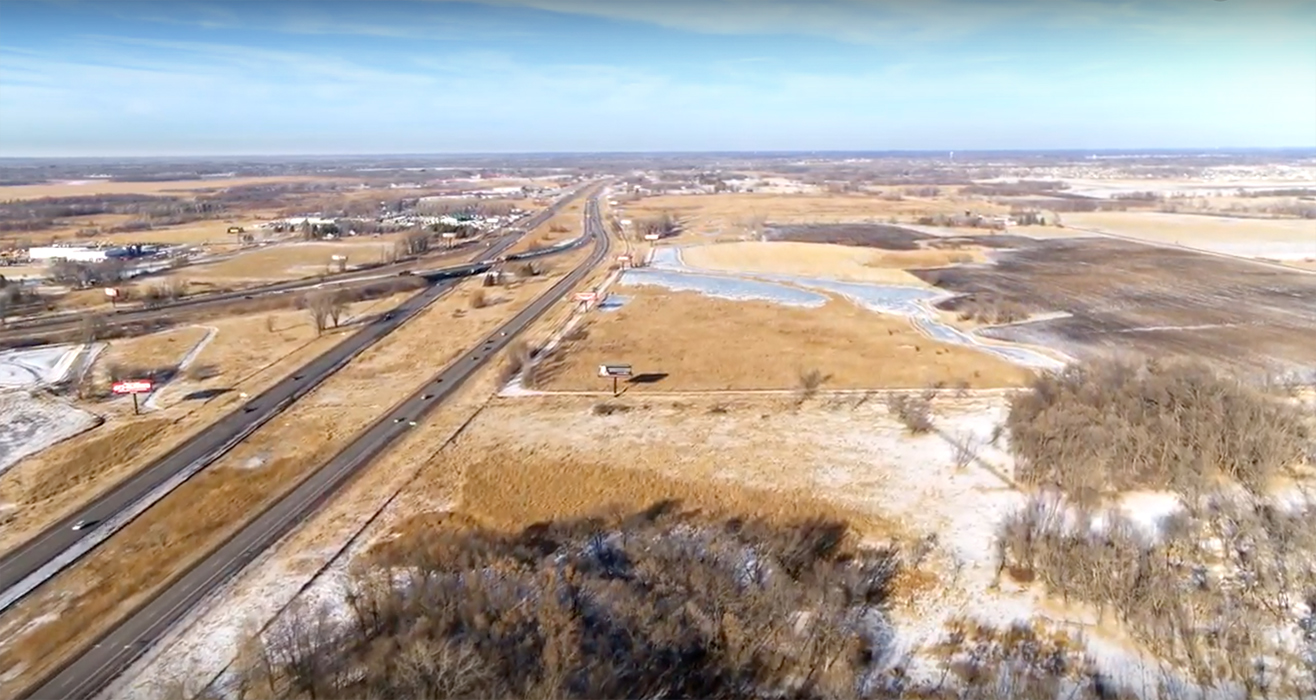
Minnesota Has Ideal Environment to Lead Sustainable Aviation Fuel Production
March 27, 2025
The Minnesota SAF Hub, part of the GREATER MSP Partnership, has an aspiration to create one billion gallons of sustainable aviation fuel (SAF) per year in the state. This would completely meet the fuel needs of the Minneapolis–Saint Paul International Airport (which averages 800 flights per day). However, reaching this goal isn’t a one-person – or one-company job – dozens of industries across Minnesota need to work together to scale SAF production and bring air travel into the future.
“Building a new SAF economy in Minnesota will create opportunities that stretch from the tarmac of MSP International Airport to every corner of the state,” says Peter Frosch, president and CEO of the GREATER MSP Partnership.
Our local workforce is up for the job. Between the vibrant research programs at local universities and the tech ecosystem in the Minnesota Technology Corridor, the state of Minnesota can become a national leader in SAF production and potentially support international efforts to transition to green energy. Learn why this region is ideal for SAF.
Minnesota Ranks 5th in Crop Production
Minnesota might be known for its 10,000 lakes, but you shouldn’t overlook its 65,000 farms. Minnesota plays a key role in feeding the nation, with $21.3 billion in agricultural sales per year. The state is known for its pork, soybean, and corn production — the last of which is a key element in SAF.
If major airlines want to switch to SAF, they need farmer buy-in. They need farmers who are willing to grow relevant crops and harvest them so the raw materials can be turned into fuel. Minnesota's sheer number of farmers makes it poised for SAF creation. Community connections and local partnerships with groups like the Minnesota Corn Growers Association and the Minnesota Farmers Union will be essential for establishing this first link in the supply chain.
The University of Minnesota is Recognized for Its Oilseed Development
While corn is an important crop used to develop SAF, researchers at the University of Minnesota are exploring opportunities to grow different crops that show potential as SAF ingredients that may be gentler on the environment. The university is focusing its efforts on continuous living cover crops, among them winter camelina, a crop grown after the grain harvest and before soybeans need to be planted. The adoption of this crop could create extra income sources for Minnesota farmers, making it easier to get their buy-in on SAF production.
The U of M is also focused on the environmental aspects of SAF processing. Dr. Mitchell Hunter, co-director of the U of M’s Forever Green Initiative, says, “Widespread adoption of camelina, pennycress, and other crops that provide over-winter cover could reduce nitrogen loss from farmland by 23 percent and soil erosion by 35 percent.”
Major airlines have committed to increasing their use of SAF, with most airlines having a 10% use target by 2030. However, the U of M oilseed initiatives can ensure that agriculture production stays just as green as the skies are about to be.
“We are working with the Forever Green program at the University of Minnesota to explore ways to commercialize the cover crop winter camelina,” said JoAnne Berkenkamp, Managing Director of GREATER MSP’s MBOLD Coalition. “Winter camelina produces high-value oil and protein with potential for applications as human food, animal feed, and various industrial uses, like SAF.”
Fortune 500 Firms and Young Startups Alike Are Buying In
The airlines aren’t the only ones who see a bright future in SAF investment. Several major businesses have partnered with the Minnesota SAF Hub and are committed to making Minnesota a leader in sustainable fuel production. Delta, Ecolab, Xcel Energy, Bank of America, Airbus, and McKinsey & Company are all leading partners with GREATER MSP.
Local entrepreneurs can also support SAF investment. Minneapolis ranks 15th in overall tech employment in the country with 7.4% of the workforce in tech. Hundreds of entrepreneurs call MSP home and launch companies in the tech, engineering, and ag spaces.
“More technology companies than ever are moving to Minneapolis and its surrounding areas,” says Gregory Frahm-Gilles, Director of Anoka County Regional Economic Development. “The presence of these firms gave the Minnesota Technology Corridor its name and created a snowball effect. As more industries grow and succeed here, they bring in new ones. We can’t wait to see how AgTech transforms the region next.”
Industry, Agriculture, and Education Work Together in MSP
Delta has set a goal to reach net-zero emissions by 2050, but 90% of its emissions come from jet fuel. It needs the Minnesota SAF Hub and innovations from the Minnesota Technology Corridor to bring the state together and scale production to one billion gallons of SAF each year. The future of SAF development needs farmers, researchers, and companies of all sizes working together as one community. We all have the same goal of protecting the planet while growing the state of Minnesota. The sky is the limit when we work together.
Learn more about the Minnesota Technology Corridor’s location advantages and why it’s one of the fastest-growing tech hubs in the United States.



